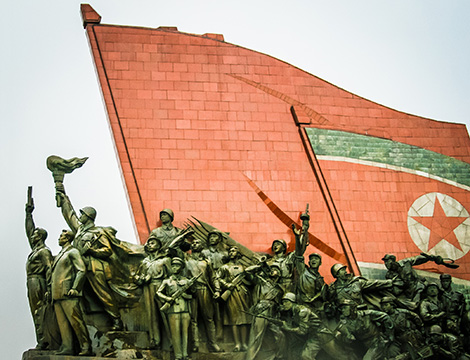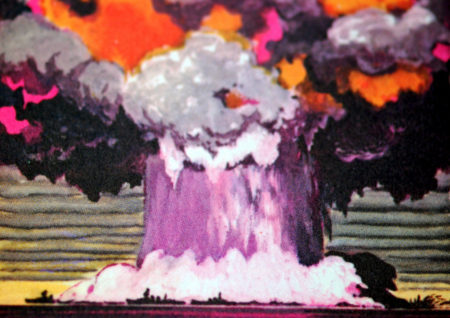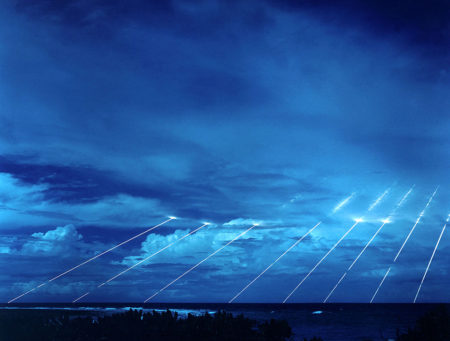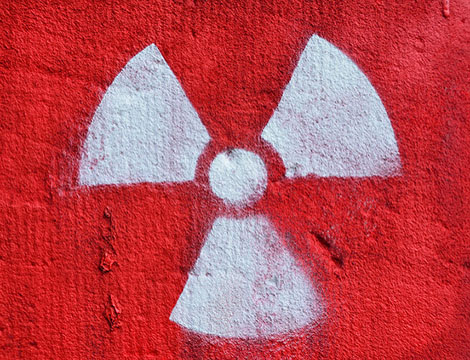
This article was originally published by the Council on Foreign Relations on 7 October 2016.
A decade has passed since North Korea first tested a nuclear weapon, on October 9, 2006. It conducted its fifth nuclear test last September, and there are rumors that a sixth will come within weeks or months. The United States has tried to both negotiate with and sanction North Korea while strengthening deterrence with South Korea and conducting shows of force to underscore the U.S. commitment to South Korean defense, but these measures have not halted, much less reversed, North Korea’s nuclear program.
Instead, following the leadership transition from Kim Jong-il to Kim Jong-un, North Korea has elevated its nuclear program to a primary strategic commitment, reigniting debates among U.S. experts over whether the U.S. goal of “complete, verifiable, and irreversible denuclearization” is feasible. North Korea has conducted four tests during the Obama administration, and the president reiterated after the latest one that the United States “does not, and never will, accept North Korea as a nuclear state.” Yet the longer that North Korea is able to expand its nuclear delivery capability, the more empty U.S. condemnations may become and the closer North Korea will edge toward winning de facto acceptance of its nuclear status.




